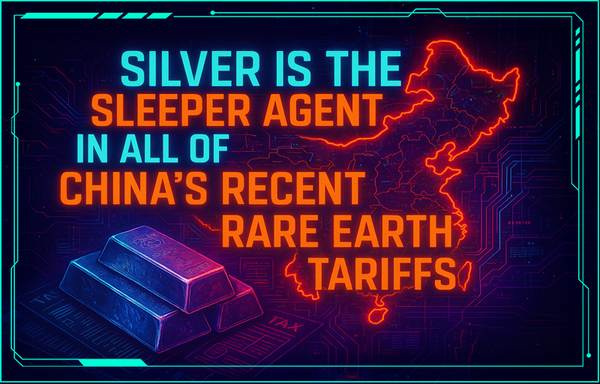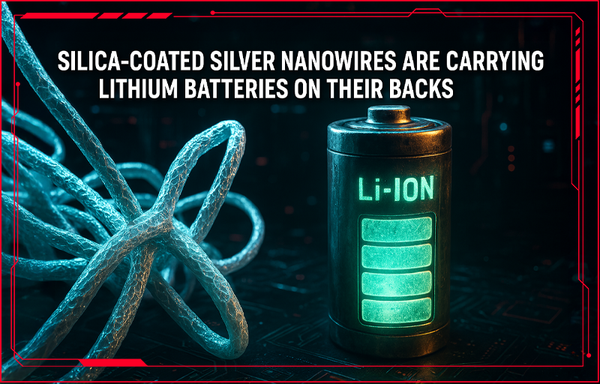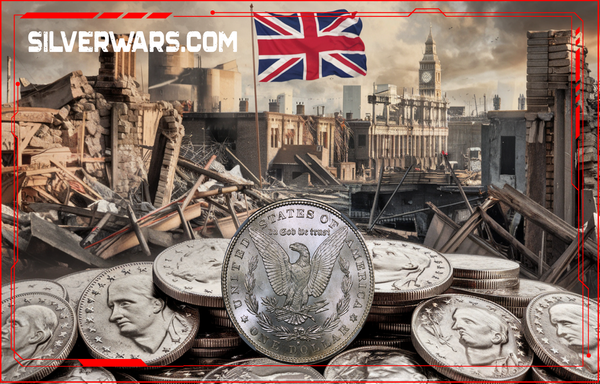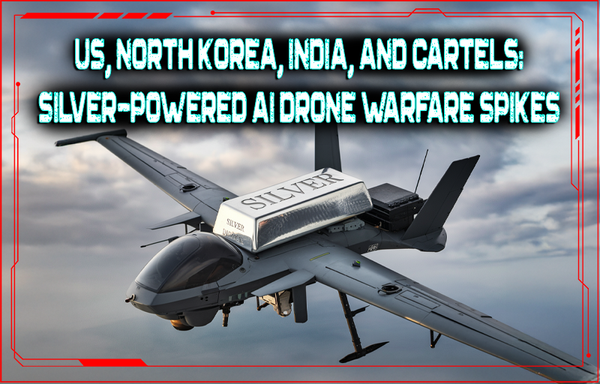So, let’s talk about what the hell just happened—because no, you’re not crazy, and yes, the economy is melting down in real time. The stock market didn’t just take a hit—it straight up got drop-kicked into a wood chipper and nobody’s stopping the machine. They’re just kind of... watching.
This past week, former President Donald Trump decided to nuke the global economy with a new round of tariffs that are so sweeping, so absolutely scorched-earth, that economists, hedge funds, and your 401(k) are all collectively screaming into the void. And just like that, we’ve got ourselves an “Orange Monday.” Not Black Monday, no. This one’s wearing a red tie, eats steak well-done, and is yelling about “reciprocal trade justice” while the Nasdaq bleeds out on the floor.
What Triggered Orange Monday?
Last Wednesday, Trump launched a full-blown economic blitzkrieg: 10% tariffs slapped on virtually every U.S. trading partner, with higher ones queued up for countries he labeled "bad actors." This wasn't your average trade policy move. This was a nuclear option, dropped without warning, in the middle of already shaky global markets.

By Thursday, Wall Street reacted like someone had told it the asteroid was inbound. The Dow fell like a drunk guy in a hurricane—nearly 4,000 points in two days. The S&P 500? Down nearly 6% in 48 hours. The Nasdaq officially entered bear market territory. And that’s before Asia even woke up.

Over the weekend, China slapped back with a 34% retaliatory tariff on U.S. goods. But Beijing wasn’t done. They also tightened their iron grip on rare earth exports—strategic minerals the West depends on for everything from semiconductors to missile guidance systems. Seven categories of these minerals are now on their new “you wish” export control list. Congrats, America: you pissed off the only country that refines 90% of the world’s rare earths.
And then Sunday night rolled around. U.S. stock futures were absolutely cratering. The Dow was down 1,700 points in the futures market. Nasdaq futures tanked over 5%. Crude oil fell below $60 per barrel for the first time since 2021. Bitcoin? Even the crypto bros were crying into their Doge pillows as BTC dropped 5% overnight.
Orange Monday: The Timeline of Doom
Let’s line it up for you:

By Monday morning, the carnage was global. Japan’s Nikkei 225 plunged 8.8%, crashing to 2023 levels. Hong Kong’s Hang Seng dropped a cartoonish 8%, with Alibaba and Tencent losing over 8% each. Singapore, Korea, Australia—they were all bleeding. Even Taiwan's stock exchange put the brakes on short-selling just to stop the hemorrhaging.
It was so bad, people started comparing it to Black Monday, 1987, when the Dow dropped 22.6% in a single day. CNBC’s Jim Cramer came out warning that yeah, this could absolutely be another 1987 moment if Trump doesn’t pull back. Spoiler: he didn’t.

Bill Ackman, Hedge Funds, and Margin Call Meltdowns
Enter Bill Ackman—hedge fund billionaire, Trump ally, and currently a man begging for the brakes to be hit. On Sunday, he tweeted that if Trump doesn’t declare a 90-day “time out” on the tariffs, we’re heading for a full-blown “economic nuclear winter.” Now, you might not care what Ackman thinks—guy’s a billionaire, right? But when the rich people are begging the government to stop punishing capital... you know something’s bad.

And it’s not just Bill crying. Hedge funds are getting absolutely cooked. We’re talking Lehman-level margin calls. Major banks are demanding collateral like it’s 2008 all over again. They see the writing on the wall: if these tariffs stay in place, the value of everything on their books drops. When that happens, banks demand cash—fast. And if the hedge funds don’t have it, they’re forced to sell assets. And selling assets in a falling market? That’s like jumping into a swimming pool filled with bees.
Morgan Stanley’s prime brokerage called Thursday the worst day for U.S. long/short equity funds since it started tracking the data in 2016. The selling was so aggressive, so desperate, that analysts compared it to the COVID crash of March 2020. That’s how bad this is.
Trump’s Response? "Take Your Medicine."
So while all this chaos unfolds, what’s Trump doing? Shrugging. Laughing, probably, but actually just golfing. Speaking to reporters on Air Force One Sunday night, he said, “Sometimes you have to take medicine.” Bro. The markets are throwing up blood and this guy’s handing them Flintstones vitamins.
He went on to say he wasn’t intentionally trying to crash the economy—he just thinks the country needs a reset on trade. Never mind the fact that JPMorgan is now officially forecasting a recession this year directly due to these tariffs. Never mind that billions of dollars in investment have frozen overnight. Trump says this is about justice. America’s been “ripped off for decades” and now we’re getting “reciprocal.”
Reciprocal in this case means we’re punching ourselves in the face to prove we’re tough.

White House Messaging: Mixed, Muted, and Mutinous
Meanwhile, the White House is throwing out the most inconsistent messaging I’ve ever seen. You’ve got Treasury Secretary Scott Bessent telling NBC that the tariffs are just a “one-time price adjustment.” (My brother in Christ, the Nasdaq just lost $2 trillion.)
Then there’s Commerce Secretary Howard Lutnick saying the tariffs are staying in place “for days or weeks.” Days or weeks? That's not a timeline. That's a mood swing.
Even inside Trump’s own camp, there’s obvious panic. They’re bragging that 50 countries have already reached out to negotiate—which is like lighting your house on fire and calling it a success because the fire department showed up.
The Global Response: Not Playing Ball
It’s not just China retaliating. The EU is pissed. France is demanding a freeze on investment into the U.S. from European companies. Japan is calling this a “national crisis.” India’s bracing for impact. And Canada’s job numbers just posted their first loss in years because of U.S. trade uncertainty. Trump managed to do what only the worst global recessions can do: unite half the planet in a coordinated panic.
There are whispers of a G20 emergency call to prevent total collapse. But so far? Nothing.
What Happens Next? Economic Fallout Incoming
This is where it gets scary. Because markets run on confidence. And Trump just set that on fire. Ackman’s right when he says business is a confidence game. If companies think things will be stable, they invest. They hire. They grow.
But if they think we’re on the edge of trade war apocalypse? They hoard cash. They lay off workers. They don’t build the next factory or launch the next product. That’s the real damage here. Not just the red lines on stock charts—it’s the evaporation of future growth.
And don’t forget: this isn’t happening in a vacuum. Rates are already high. Inflation is still hanging around. The global south is already struggling. And now we’re lighting the trading system on fire.

Silver in a Recession: Can It Save You?
Now, let’s talk about Silver—because if this does become the next big recession, everyone’s gonna be looking for a life raft.
Historically? Silver’s been a mixed bag during downturns. It’s not as stable as gold. It’s more volatile. But in the right conditions, it can pop off.
- In the 1973 recession, silver rose 40% while the S&P tanked.
- In 1981, silver went up 17% while stocks barely moved.
- During the 2008 crash, silver dipped initially... but then exploded 400% over the next three years.
That’s the silver play: it's not the immediate panic hedge like gold, but it cooks in the recovery when inflation and distrust in fiat systems spike. And demand is the highest, while supply is the lowest. Perfect scenario for stackers and investors alike.
Right now? Silver hasn’t totally decoupled. It dropped a few percent last week, caught in the same margin-call hell as everything else. But keep your eye on it. If central banks start cutting rates, or if inflation picks back up because of trade disruptions, silver’s going to start looking real shiny to institutional buyers.
The Silver Wars Continue
Let’s be real: Trump just pulled an economic lever that might break the machine. Not because tariffs are always bad—they’re not—but because this wasn’t targeted. It wasn’t negotiated. It was a full send. And now everyone’s scrambling to pick up the pieces.
The name of the game this week is “containment.” Can the markets stabilize? Can Trump be persuaded to back off without losing face? Can global trade hold together while leaders try to clean up the mess?
We don’t know yet. But if there’s one thing we’ve learned from Orange Monday, it’s that in 2025, the economy is one speech away from another meltdown.
If Trump doesn’t blink—and if the markets keep falling—this won’t be the last Monday we name after him.









